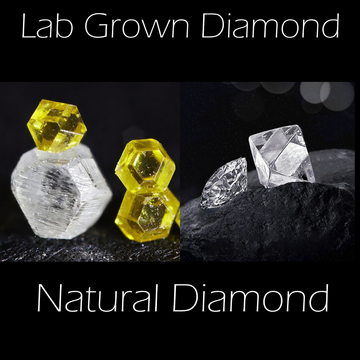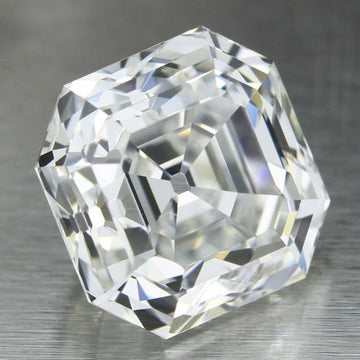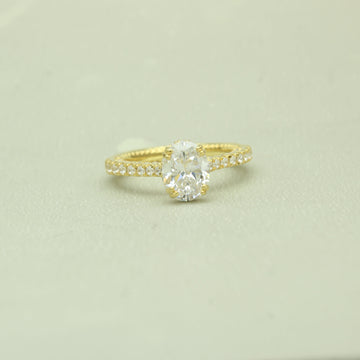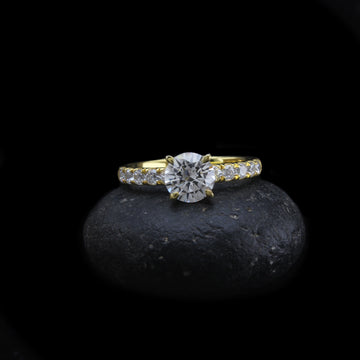Lab Diamonds vs. Natural Diamonds: Understanding the Cost Difference
Lab-grown diamonds have been in existence for over 70 to 75 years, but their popularity has surged in recent times due to advancements in technology, accessibility, and affordability. As more buyers explore sustainable diamond alternatives, the cost and value differences between lab-grown and natural diamonds have become a key discussion. So, what makes lab diamonds more affordable? And are there other considerations beyond cost when choosing between lab-grown vs. mined diamonds?
How Much Cheaper Are Lab Diamonds Compared to Natural Diamonds?
The cost difference between natural diamonds and lab diamonds can range between 75% to 85%. Lab-grown diamonds are significantly more affordable due to their controlled production process, while natural diamonds maintain a high market price due to rarity and mining costs.
While diamonds are a symbol of love, luxury, and commitment, many buyers now seek more cost-effective alternatives without compromising on brilliance or quality. This is where lab-grown diamonds excel, offering identical beauty at a fraction of the price.
Why Are Lab-Grown Diamonds More Affordable?
The key factor behind the lower price of lab diamonds is their efficient production process. Unlike natural diamonds, which take billions of years to form under extreme pressure beneath the Earth’s surface, lab diamonds can be created in a controlled environment in just a few weeks.
Additionally, mining natural diamonds is a costly and resource-intensive process, while lab diamonds can be mass-produced with minimal environmental impact, making them a sustainable and ethical choice for modern buyers.
Lab-Grown Diamond vs. Mined Diamond Costs by Carat
A 1-carat natural diamond costs between $2,500 to $15,000, depending on its grading and quality. In comparison, a lab-grown diamond of the same size and quality ranges from $500 to $950.
As carat size increases, so does the price of both lab and natural diamonds, but lab diamonds still remain significantly more budget-friendly.
How the 4Cs Impact Diamond Prices
The 4Cs – Carat, Clarity, Color, and Cut – determine a diamond’s value. Whether lab-grown or natural, each diamond is graded based on these factors, influencing retail prices.
Carat: The larger the diamond, the higher the price.
Clarity: Fewer inclusions mean a more flawless stone.
Color: Whiter diamonds are generally more expensive.
Cut: A well-cut diamond maximizes brilliance and sparkle.
Can You Tell the Difference Between Lab and Natural Diamonds?
To the naked eye, lab-grown and natural diamonds look identical because they share the same physical, optical, and chemical properties. Only with advanced tools like infrared spectrometry, UV light analysis, or microscopic grading can experts distinguish between them.
Do Lab-Grown Diamonds Hold Their Value?
There is a common misconception that lab diamonds do not retain their value. However, like natural diamonds, their resale price depends on market demand, diamond quality, and craftsmanship.
When properly cared for, lab-grown diamonds last forever, making them an excellent long-term investment.
Final Thoughts: Should You Buy a Lab-Grown Diamond?
If you want a high-quality, ethically sourced, and budget-friendly diamond, lab-grown diamonds offer the best value. They provide exceptional brilliance, stunning beauty, and significant cost savings, making them a smart and sustainable choice for engagement rings, wedding jewelry, and luxury gifts.
Explore our collection of stunning lab-grown diamonds today and discover sustainable luxury at an unbeatable price!







